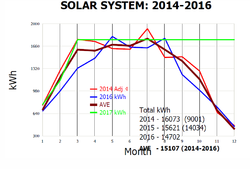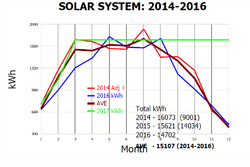jebatty
Minister of Fire
It's difficult to give an answer on what to expect. Your latitude is important and yours is different than mine. Local weather patterns also play a big role. What is the wattage rating of each of your panels?
Look for others with PV in your area and start to talk to them about what their experience is. I have a friend about 17 miles from me with a nearly shade-free ground mount 8kW system, mine also is nearly shade-free, and we compare frequently, but often cloud cover is different for him than for me. On clear days that cover our whole area we get the best comparisons.
Look for others with PV in your area and start to talk to them about what their experience is. I have a friend about 17 miles from me with a nearly shade-free ground mount 8kW system, mine also is nearly shade-free, and we compare frequently, but often cloud cover is different for him than for me. On clear days that cover our whole area we get the best comparisons.


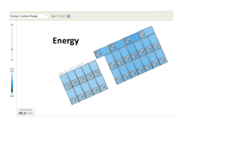
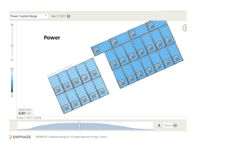
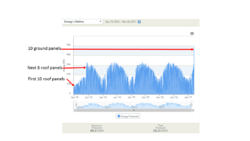
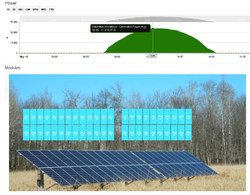

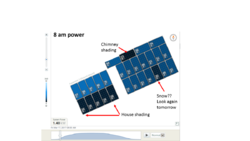
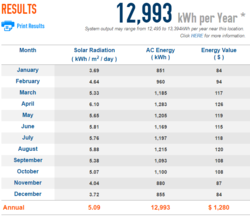
 Woo Hoo!
Woo Hoo!